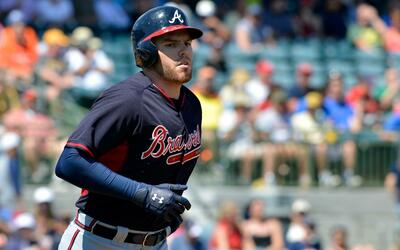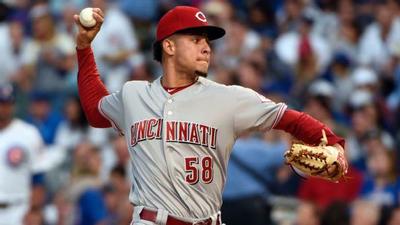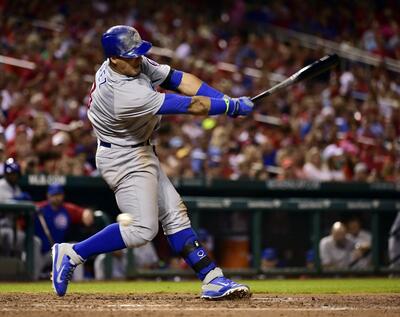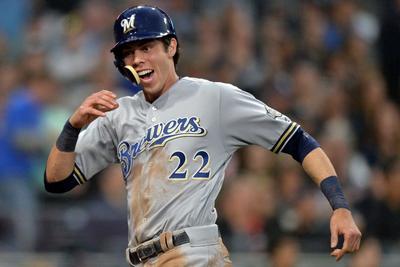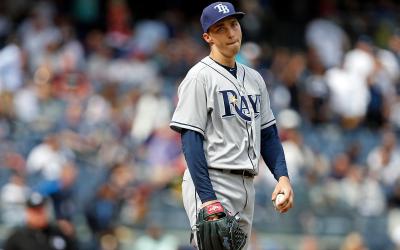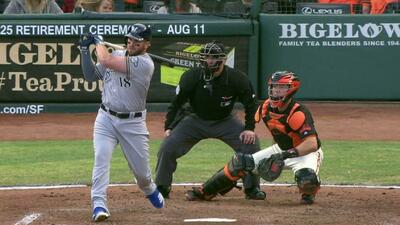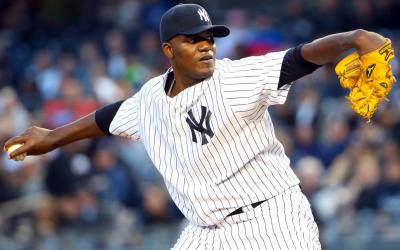At the end of April we introduced the concept of the Disaster Start and took a look back at the 2007 data in hopes of highlighting some “safer” spot-start or back-end options for your fantasy team. So today we’re going to revisit the Disaster Start and take a look at some of the 2008 results, year-to-date. First we’re going to look at some of the league leaders in Disaster Starts and then we’re going to examine a question a subscriber sent in about the predictability of Disaster Starts. This will be a bit of an abridged version as the data entry portion of the research has been a bit more time consuming than I originally anticipated, so let’s get right to it.
As a quick refresher, for my own purposes, I’ve qualified starts as Disaster Starts which the starting pitcher allows more Earned Runs than Innings Pitched OR allows 5 ER’s or more in a start. Taking a look at the data as of the conclusion of Saturday’s games we’re left with the following Top 20 in Disaster Starts. These are the players as fantasy owner that can’t be trusted for spot starts because they have the potential to obliterate your WHIP and ERA in a single outing.
The names on the list aren’t particularly surprising as the majority of these guys aren’t going to find their way onto your roster very often anyway, but there are some names here that are intriguing, namely: Bronson Arroyo, Brett Myers, Mark Buehrle, Andrew Miller and Micah Owings. Each of these pitchers has enough talent to lure owners in all formats into investing in them. While there is fantasy value in each of these starters, they can’t be fully trusted and owners need to pick their spots with these starters. Those in H2H formats, where the matchup is tight in the ratio categories these guys absolutely must be avoided late in the week. Similarly those in Rotisserie formats holding onto leads in the ratio categories it would be best to move these pitchers for “safer”/less volatile options even if they’re less talented overall options. The added predictability of a starter that won’t blow up your ratios in one start is worth the more limited upside.
With that brief list of starters who have done their best to sabotage their fantasy owners’ ratios in a few disastrous outings, let’s take a look at a question I received earlier in the year from a subscriber regarding Disaster Starts.
The subscriber wrote in:
“Do disaster starts tend to more be like hurricanes (ie there are warning signs when one might be lurking) or earthquakes ( they can happen out of the blue when you're least expecting them)?”
I found the question fascinating on a number of levels. First and foremost the analogy was tremendous using Natural Disasters as comparatives to the “Disaster Starts”, well played sir, well played. Secondly, it gave me a reason to test an intuition. I’m a big numbers guy in general so anytime my reaction to something is a “gut” reaction, I tend to cringe and immediately try to check myself with any “hard evidence”. So while my initial reaction even looking through the data was that they tend to be more like Hurricanes, I wanted to try to confirm it. My thought was pitchers, like hitters, tend to go through hot and cold streaks and while there streaks may be a bit more schedule dependent than hitters, the majority of their good and bad production came in short bursts. So I spent last night digging through this year’s data and trying to examine whether Disaster Starts tended to come in bunches or not. The results were as follows:
Let’s take a look at this step-by-step. Initially my goal was to compare the probability of a Disaster Start on the whole to the probability of a Disaster Start directly following another Disaster Start. A look at the table above shows the results weren’t particularly compelling as Disaster Starts on the whole happen in about 15.35% of all starts, while pitchers only serve up Disaster Starts in back-to-back outings about 13.41% of the time. But when I looked at the data there did seem to be a number of Disaster Starts coming in bunches, not necessarily one after the other but in groups. With that in mind, I decided to test how often a Disaster Start follows another Disaster Start in one of the next two starts. Looking at the table above, we can see that a pitcher who has thrown a Disaster Start has about a 25.72% chance (based on this year’s data) of throwing another Disaster Start in one of the next two outings. While this may seem significant, basic probability shows the number should be 25.99% given the 15.35% occurrence rate as a whole, which means my “gut” instincts were wrong, even after looking through the data. By running the numbers we find out that Disaster Starts act a lot more like “earthquakes” than “hurricanes” when assessing the likelihood of their recurrence.



